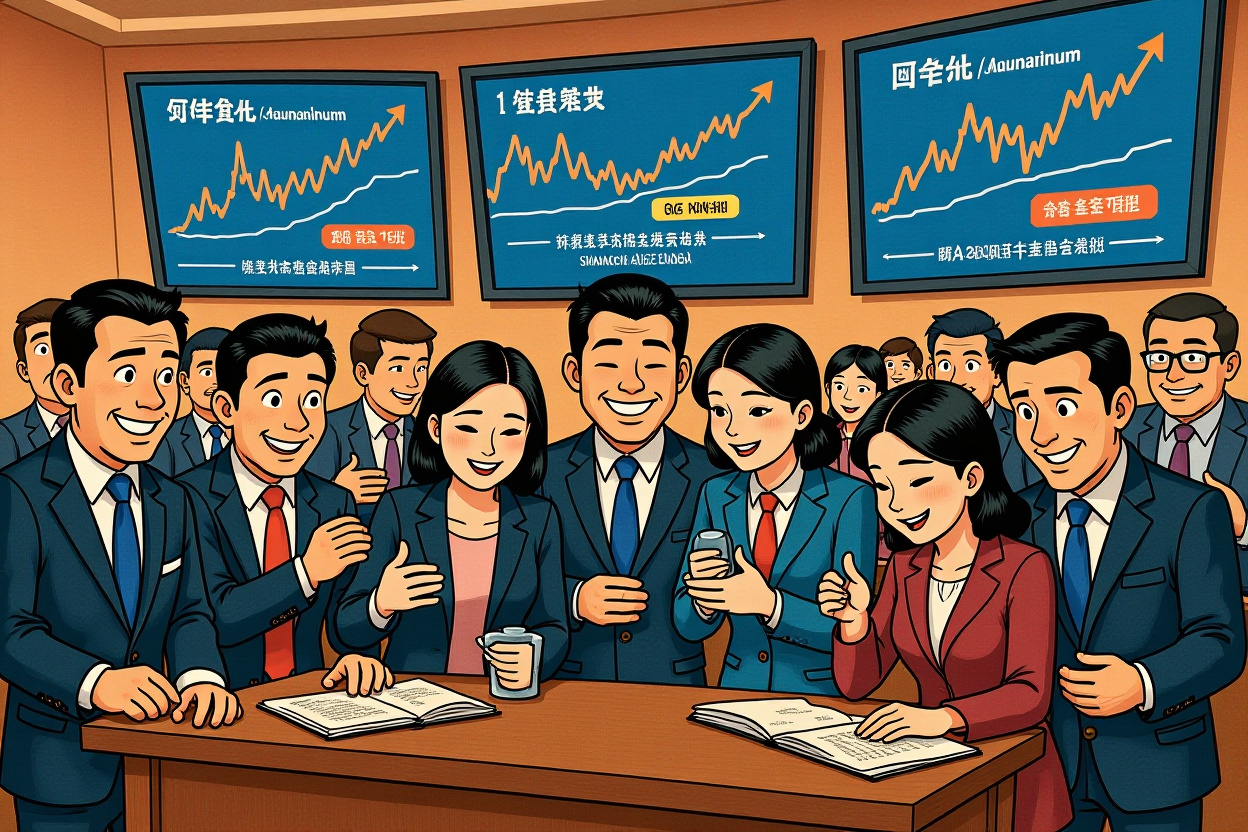• Unpacking the catalysts behind the sudden afternoon movements in China’s A-share market. • Assessing the role of regulatory announcements and macroeconomic data releases. • Evaluating sector-specific performances and institutional trading patterns. • Providing actionable insights for navigating volatility in Chinese equities. China’s A-share market experienced notable volatility during afternoon trading sessions this week, catching the attention of global investors. These sudden afternoon movements often serve as critical indicators of underlying market sentiment and institutional activity. Understanding the drivers behind these shifts is essential for making informed investment decisions in one of the world’s most dynamic equity markets. Several factors contributed to the recent turbulence, including unexpected regulatory updates from the 中国证券监督管理委员会 (China Securities Regulatory Commission, CSRC) and fluctuations in the 人民币 (Renminbi) exchange rate. Additionally, sector-specific news, particularly within technology and green energy sectors, played a significant role in afternoon price actions.
Regulatory Influences on Market Dynamics
Recent Policy Announcements
The 中国证券监督管理委员会 (CSRC) issued new guidelines affecting margin trading and short-selling activities, directly impacting afternoon liquidity. These regulations aim to enhance market stability but often trigger short-term volatility as institutional investors adjust their strategies. For instance, changes in leverage ratios can force rapid portfolio rebalancing, exacerbating afternoon price swings.
Macroeconomic Data Releases
Key economic indicators, such as the 消费者价格指数 (Consumer Price Index, CPI) and 生产者价格指数 (Producer Price Index, PPI), are frequently published during midday breaks. Their release often explains sudden afternoon movements, as traders react to data suggesting shifts in inflationary pressures or industrial demand.
Sector-Specific Performance and Rotations
Technology and Innovation-Driven Sectors
Stocks within the 科创板 (Star Market) exhibited heightened sensitivity to afternoon volatility, driven by news related to export controls and semiconductor supply chains. Companies like 中芯国际 (SMIC) and 华为 (Huawei) saw significant afternoon price adjustments following updates on international trade negotiations.
Green Energy and ESG Trends
The 新能源汽车 (new energy vehicle) sector experienced pronounced afternoon movements amid policy support announcements from the 国家发展和改革委员会 (National Development and Reform Commission, NDRC). Investors closely monitored subsidies and infrastructure investments, leading to opportunistic trading in stocks like 宁德时代 (CATL) and 比亚迪 (BYD).
Institutional Trading Patterns
Algorithmic and High-Frequency Trading
The rise of algorithmic trading in China’s A-share market has amplified afternoon volatility. Quantitative funds often execute large orders during low-liquidity periods, contributing to sudden price changes. Data from the 上海证券交易所 (Shanghai Stock Exchange, SSE) indicates a correlation between algorithmic trading volume and afternoon volatility spikes.
Foreign Investment Flows
Northbound trading via the 沪深港通 (Stock Connect) program frequently influences afternoon sessions. Global institutional investors reallocating portfolios based on currency hedges or regional market cues can trigger cascading effects. For example, outflows from emerging market funds often precipitate afternoon sell-offs in A-shares.
Technical Analysis and Market Sentiment
Key Support and Resistance Levels
Technical traders monitor afternoon movements for breaks critical support or resistance levels. The 上证综合指数 (Shanghai Composite Index) and 深圳成份指数 (Shenzhen Component Index) both showed heightened sensitivity to afternoon trading, with moves often dictating weekly trends.
Retail vs. Institutional Sentiment
Retail investor activity, often concentrated in afternoon sessions, can amplify volatility. Social media trends and trading platform notifications contribute to herd behavior, contrasting with institutional strategies focused on fundamental analysis. The sudden afternoon movements reflect this clash of trading philosophies.
Strategic Implications for Global Investors
Short-Term Trading Opportunities
Volatility during afternoon sessions presents arbitrage opportunities, particularly for investors leveraging ETFs and futures contracts. However, these require sophisticated risk management due to the unpredictable nature of sudden price shifts.
Long-Term Portfolio Considerations
For buy-and-hold investors, afternoon volatility may offer entry points into high-quality names oversold due to transient factors. Focusing on sectors with strong policy backing, such as renewable energy and advanced manufacturing, can mitigate risks associated with short-term market noise. Understanding the drivers behind sudden afternoon movements is crucial for navigating China’s A-share market. Regulatory changes, sector rotations, and institutional behaviors all play interconnected roles in shaping afternoon volatility. Investors should prioritize staying informed on policy developments and macroeconomic trends to capitalize on opportunities while managing risks. Monitoring afternoon trading patterns can provide early signals of broader market shifts, making it a valuable component of a comprehensive investment strategy. For real-time updates and detailed analysis, subscribe to our specialized reports on Chinese equity markets or consult directly with our research team.




